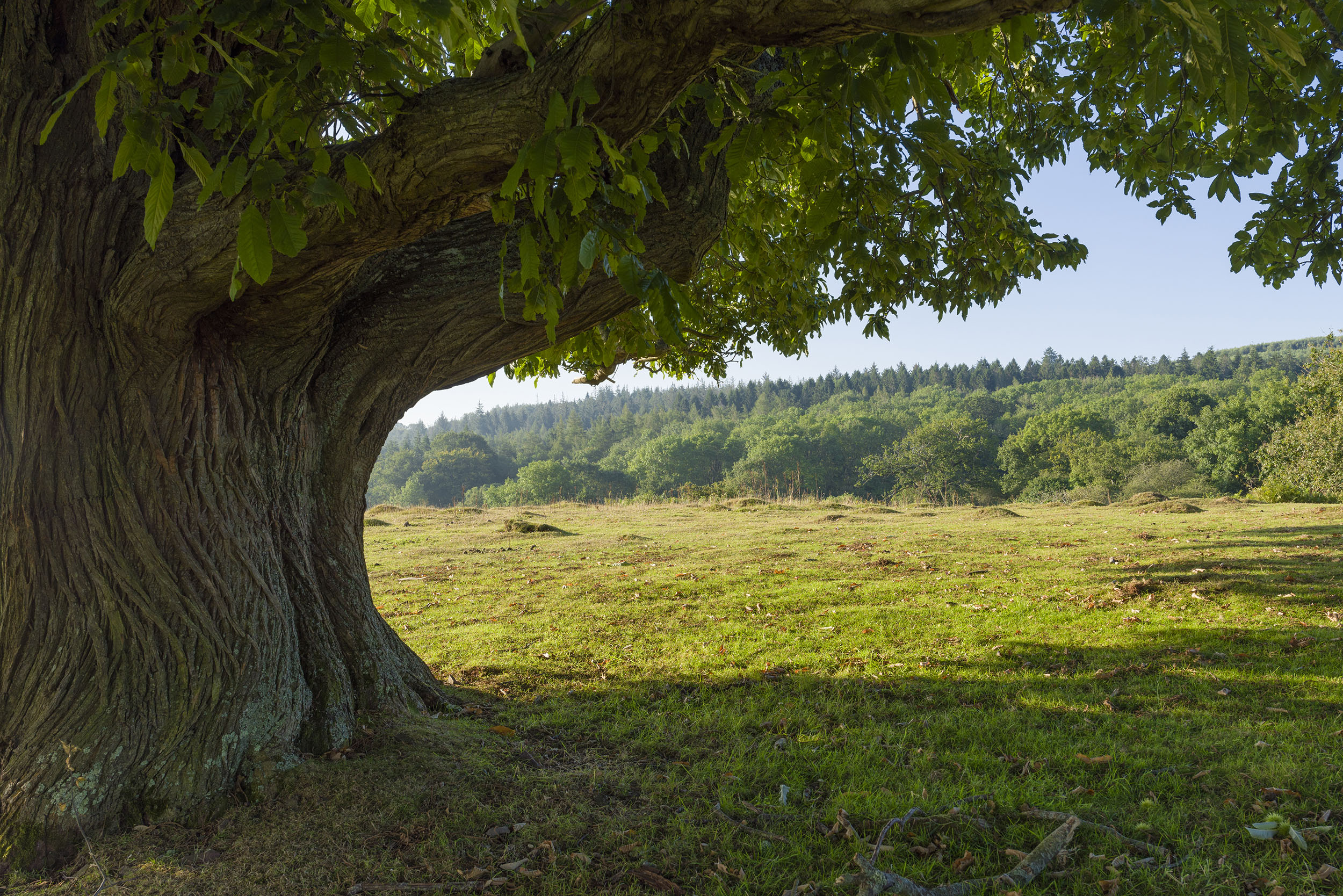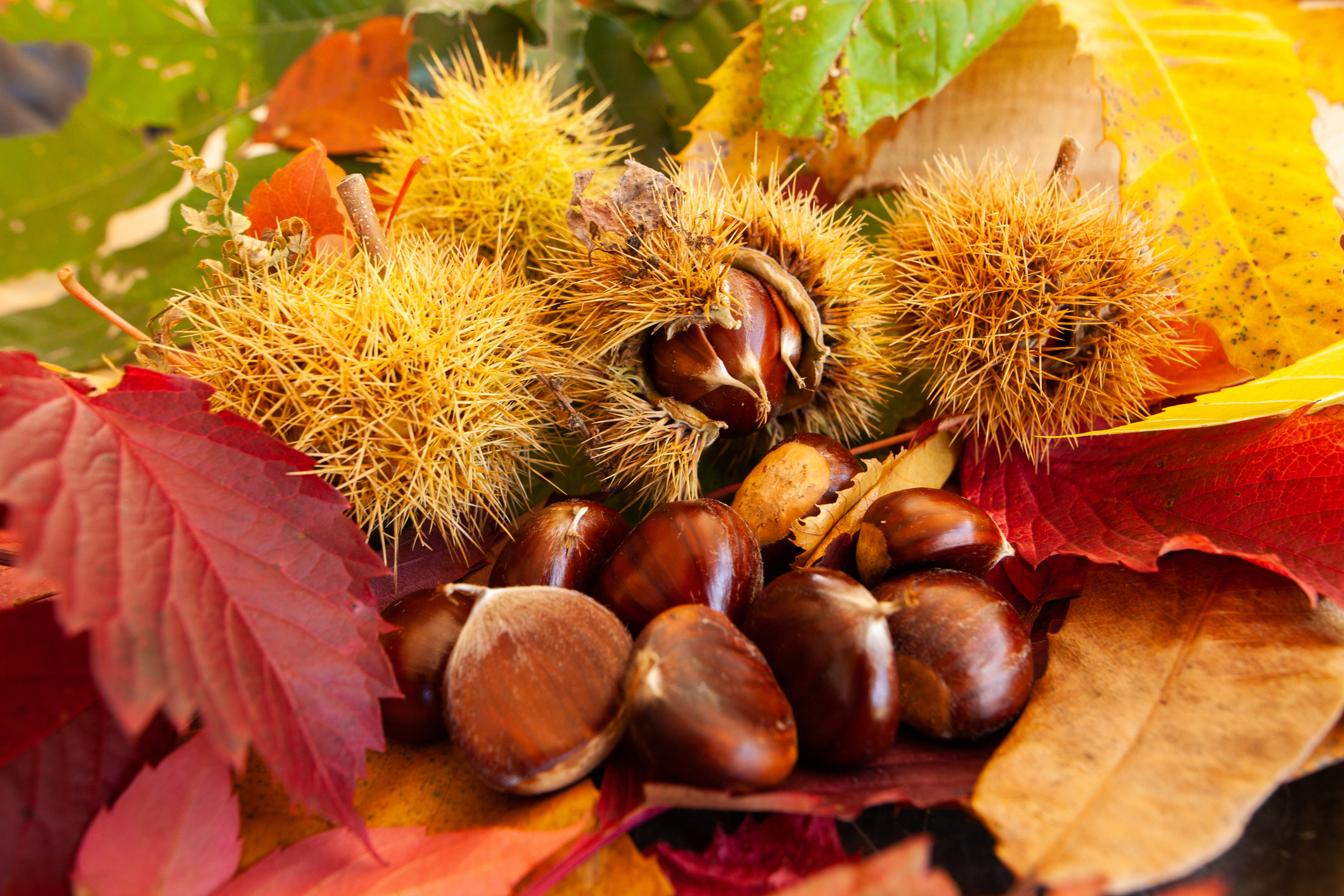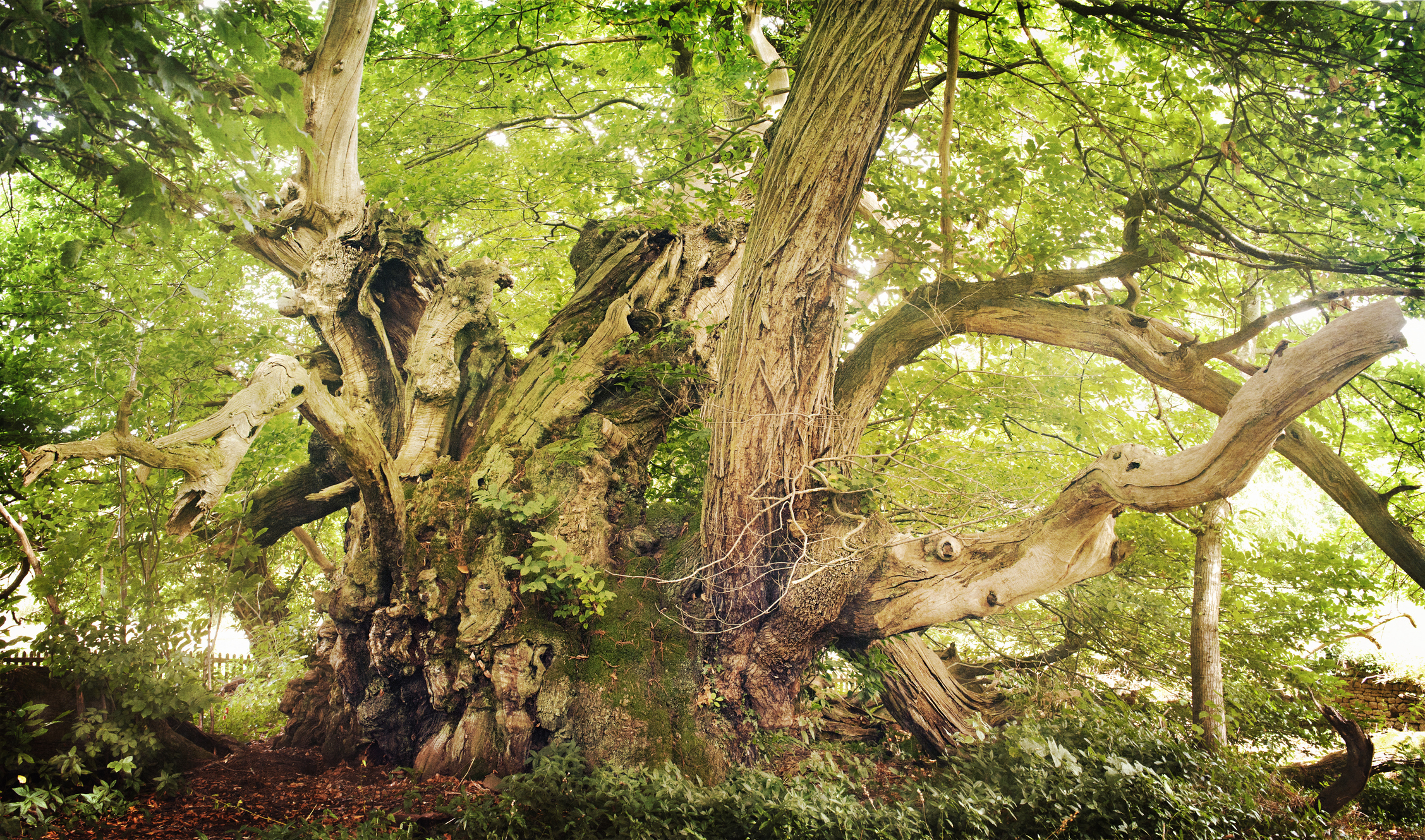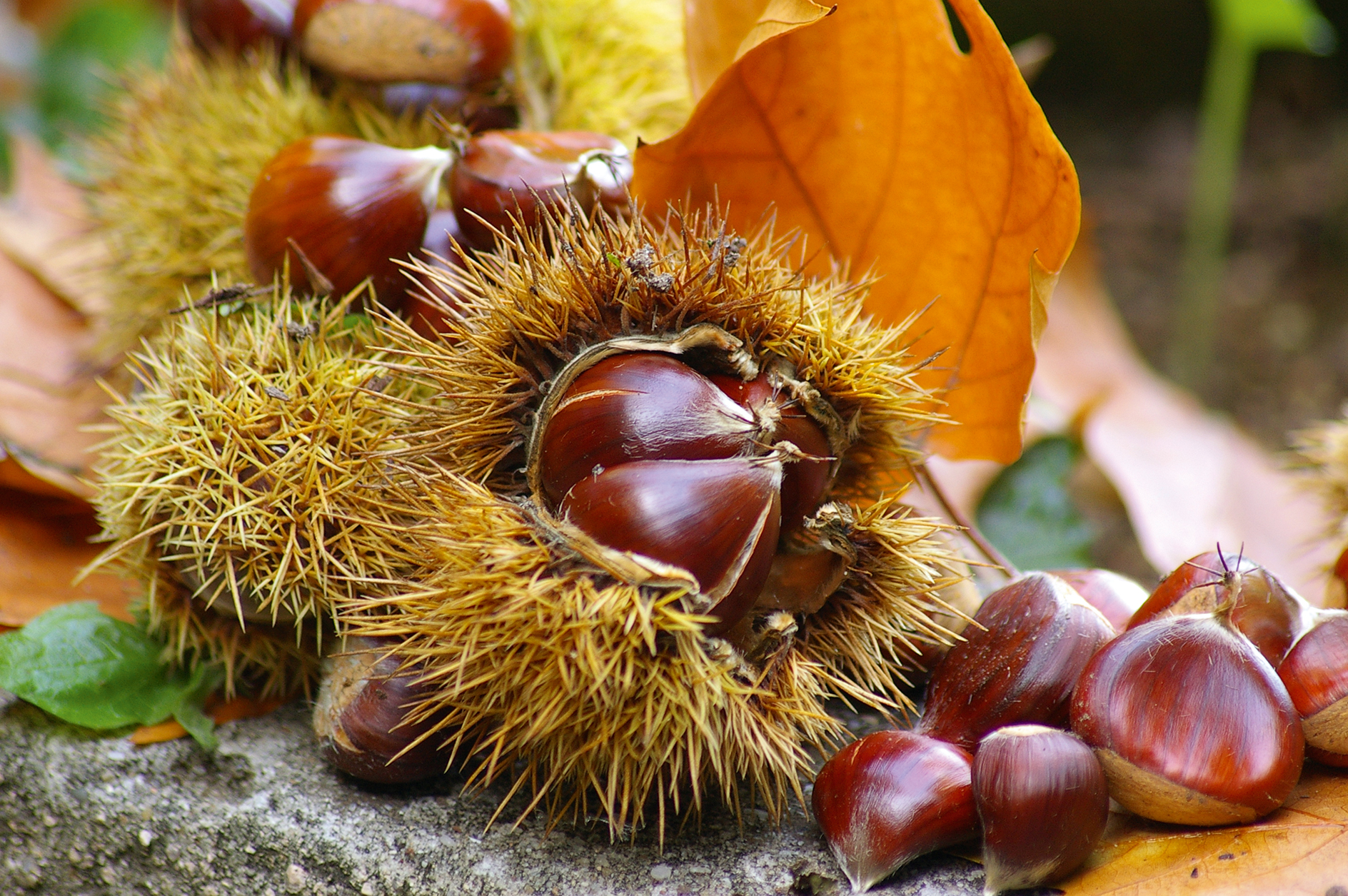The 1,000-year-old sweet chestnut tree you'll find in the Cotswolds — and what to do if you have a younger example near your home
Tis the season to roast sweet chestnuts.


It’s one of Britain’s best-loved tree species and it’s naturalised in some areas, but the sweet chestnut tree — Castanea sativa — isn’t a native, having arrived with the Romans. Most likely, they would have found the homegrown fruits disappointing when compared with the whoppers harvested in hotter climates.
Two, three or even four small nuts in leathery jackets sit hugger-mugger in the prickly hedgehog cases of many British trees; whereas a crop of large Mediterranean or Levantine nuts, ripened by southern sun, have, for millennia, been ground into a starchy flour for baking. In Corsica, they’re ground into polenta flour and even brewed into beer.

Still, sweet chestnut makes a magnificent specimen tree for parks and estates; it’s fast-growing, wide-spreading and achieves great character in maturity, when there’s often a furrowed, barley-twist contortion in the thick bark.
The heavy, neutral-to-acid clays of the Kent and Sussex Weald are Castanea’s forestry stronghold, where thousands of acres of coppiced chestnut woods produce tannin-rich timber.
As well as that, they can live for countless generations: the rangy Tortworth chestnut, in Gloucestershire, is Britain’s most venerable example and is said to pre-date the Norman Conquest. And boy, does it ever look its age:

Enough of their history: what about eating them?
Well, in addition to the instructions from the classic Christmas song — i.e. roasting them on an open fire while Jack Frost nips at your toes — our experts have used chestnuts in ravioli, soup and burgers.
Exquisite houses, the beauty of Nature, and how to get the most from your life, straight to your inbox.
But for a real crowd-pleaser, Melanie Johnson's recipe for chestnut chocolate cake with a fluffy meringue topping takes some beating. Get the recipe here.


Credit: Luisa Cruz / Getty Images
What to do with sweet chestnuts, from roasting over an open fire to adding zip to burgers and brownies
Mark Diacono says that autumn is synonymous with sweet chestnuts — and he has all sorts of ways to make
